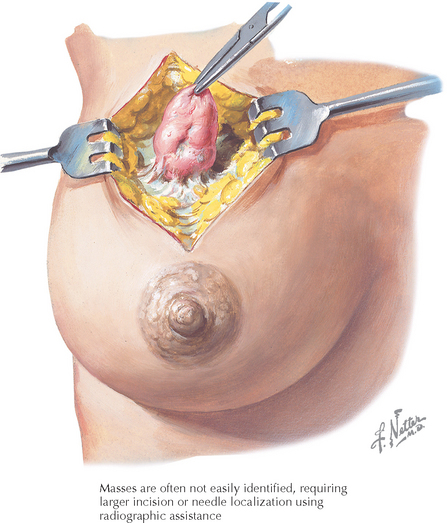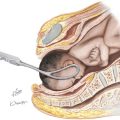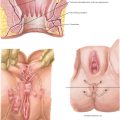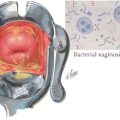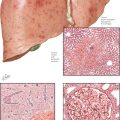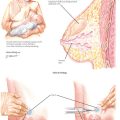Chapter 232 Breast Biopsy: Open
REQUIRED EQUIPMENT
Tafra L, Fine R, Whitworth P, et al. Prospective randomized study comparing cryo-assisted and needle-wire localization of ultrasound-visible breast tumors. Am J Surg. 2006;192:462.
Bluemke DA, Gatsonis CA, Chen MH, et al. Magnetic resonance imaging of the breast prior to biopsy. JAMA. 2004;292:2735.
Chagpar AB, Scoggins CR, Sahoo S, et al. Biopsy type does not influence sentinel lymph node status. Am J Surg. 2005;190:551.
American College of Obstetricians and Gynecologists. Breast cancer screening. ACOG Practice Bulletin 42. Obstet Gynecol. 2003;101:821.
Chang DS, McGrath MH. Management of benign tumors of the adolescent breast. Plast Reconstr Surg. 2007;120:13e.
Valea FA, Katz VL. Breast diseases. In: Katz VL, Lentz GM, Lobo RA, Gershenson DM, editors. Comprehensive Gynecology. 5th ed. Philadelphia: Mosby/Elsevier; 2007:347.

